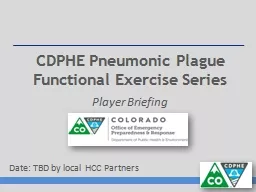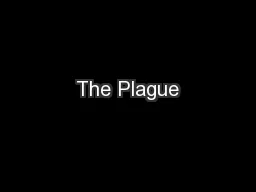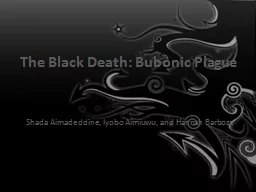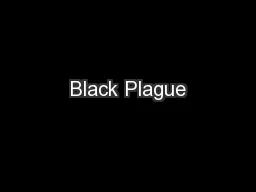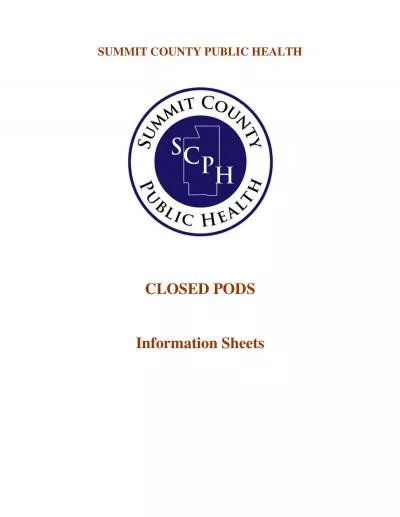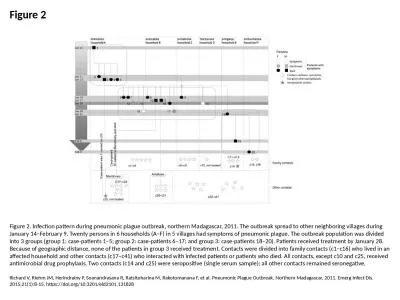PPT-CDPHE Pneumonic Plague
Author : test | Published Date : 2018-10-21
Functional Exercise Series Player Briefing Date TBD by local HCC Partners W elcome and Introductions Name Organization Exercise role Agenda 0830 Player Briefing
Presentation Embed Code
Download Presentation
Download Presentation The PPT/PDF document "CDPHE Pneumonic Plague" is the property of its rightful owner. Permission is granted to download and print the materials on this website for personal, non-commercial use only, and to display it on your personal computer provided you do not modify the materials and that you retain all copyright notices contained in the materials. By downloading content from our website, you accept the terms of this agreement.
CDPHE Pneumonic Plague: Transcript
Download Rules Of Document
"CDPHE Pneumonic Plague"The content belongs to its owner. You may download and print it for personal use, without modification, and keep all copyright notices. By downloading, you agree to these terms.
Related Documents

